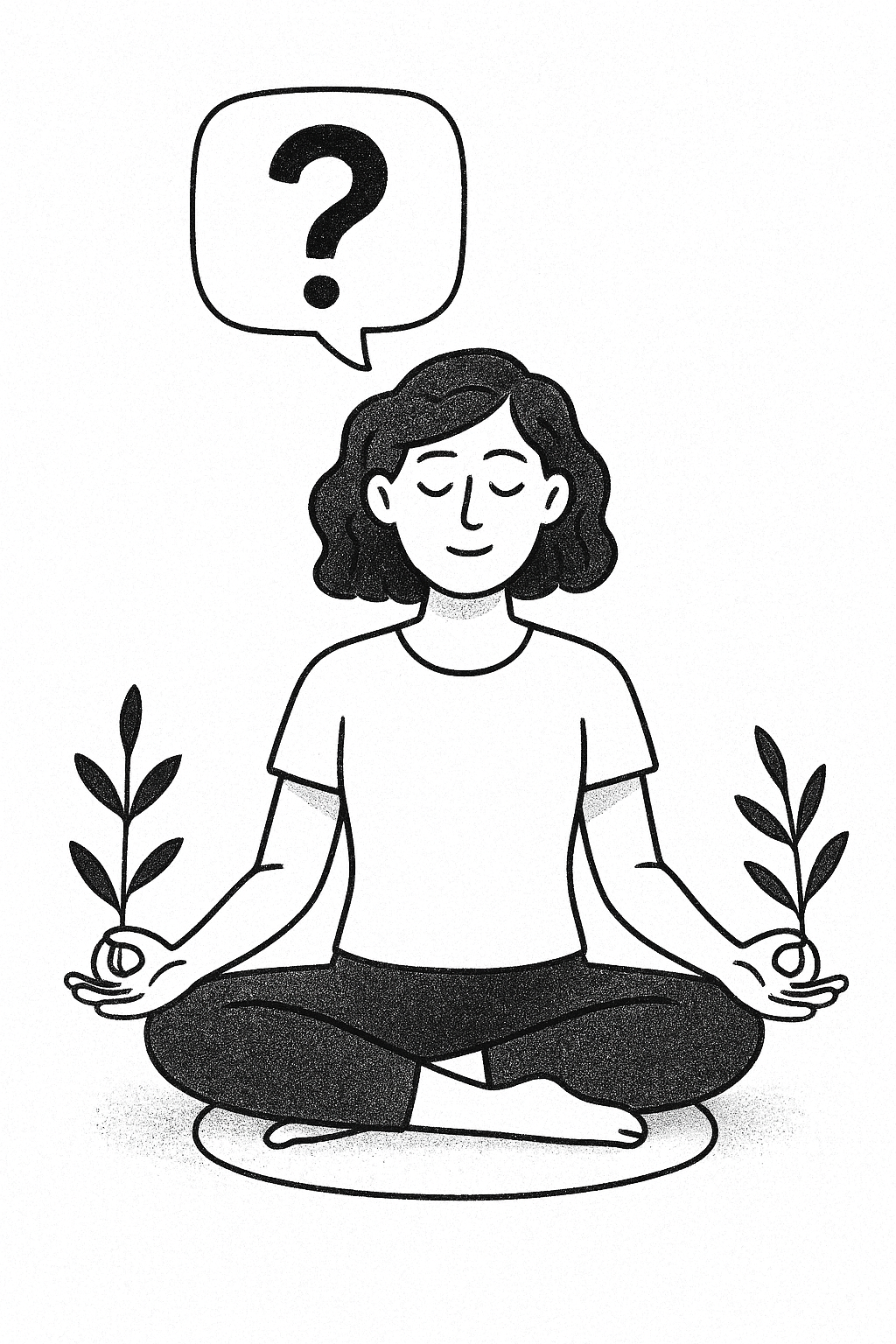Meditation often feels like a mysterious practice, reserved for those with special cushions, incense, or years of experience. In reality, meditation is one of the most accessible tools for calming the mind, and the essentials are far simpler than expected. While no expensive equipment is required, there are a few “must-haves” that can make the journey smoother and more rewarding—especially for beginners.
1. A Comfortable Spot
The most important must-have isn’t a cushion or a chair—it’s comfort. Meditation doesn’t require sitting cross-legged on the floor unless that position feels natural. A sturdy chair, a spot on the couch, or even lying down can work. The key is finding a posture where the body feels supported enough to stay still for a few minutes without strain.
Comfort creates the foundation for focus. When the body relaxes, the mind has more freedom to settle, making it easier to pay attention to the present moment.
2. A Few Minutes of Time
Meditation doesn’t demand hours of silence. Starting with just three to five minutes is often enough. Think of it like planting a seed—tiny moments of stillness can grow into longer, deeper practices over time.
What matters most is consistency. Setting aside even a short time each day, whether in the morning, during a lunch break, or before bed, helps meditation become a familiar part of life.
3. Gentle Patience
Every beginner needs patience as a must-have tool. Thoughts will wander, the mind will resist, and the body may feel restless. This isn’t a sign of failure—it’s simply how the mind works. Patience allows space for self-kindness, reminding us that the goal isn’t to stop thinking but to notice thoughts without judgment.
Like any new skill, meditation takes practice. Patience makes that practice possible.
4. Breath Awareness
The breath is a built-in anchor available anytime, anywhere. Paying attention to the rise and fall of breathing is one of the simplest and most effective ways to begin meditating.
No special techniques are required at first—just noticing each inhale and exhale can gently guide the mind back whenever it wanders. Breath awareness turns ordinary moments, like waiting in line or sitting at a desk, into opportunities for calm.
5. A Quiet (Enough) Environment
Silence isn’t always possible, especially in busy households or noisy cities. Instead, the must-have is a space that feels “quiet enough.” A corner of a room, headphones with calming background sounds, or even the early moments before others wake up can create a sense of calm.
It doesn’t need to be perfect. What matters is carving out a pocket of stillness that feels supportive.
6. Curiosity
Curiosity keeps the practice fresh. Instead of expecting immediate results, curiosity invites exploration—how does the breath feel today? What sensations arise in the body? What emotions come and go?
This mindset transforms meditation from a chore into an ongoing discovery. Each session becomes less about doing it “right” and more about learning something new about the present moment.
7. A Gentle Reminder Tool
Distractions are natural, so having a small reminder can help. This might be setting a phone timer, placing a sticky note on the desk, or using an app that offers short guided meditations. The reminder doesn’t need to be elaborate—just enough to prompt a pause in the day.
Consistency often depends less on motivation and more on these small nudges that bring meditation back into awareness.
8. Compassion
Finally, the most important must-have is compassion. Stress, self-criticism, and frustration can show up quickly when the mind feels busy. Compassion reminds us that meditation isn’t about perfection. It’s about creating space to breathe, rest, and reset, even if the practice feels messy.
With compassion, meditation becomes less about achieving a certain state and more about offering kindness to the self in the moment.
Building a Foundation That Lasts
Starting meditation doesn’t require much: a comfortable place, a few minutes of time, patience, curiosity, and compassion. These essentials form the foundation of a practice that can grow naturally, without pressure or unrealistic expectations.
Meditation isn’t about having the perfect space, the right soundtrack, or years of experience. It’s about beginning—with what’s available, right where you are. When these must-haves are embraced, even the busiest or most stressful days can hold a few moments of calm.
Sticking with your practice takes patience and self-kindness. For more tools and inspiration, check out The Journey Through Meditation ebook. Grab your free chapter here.

